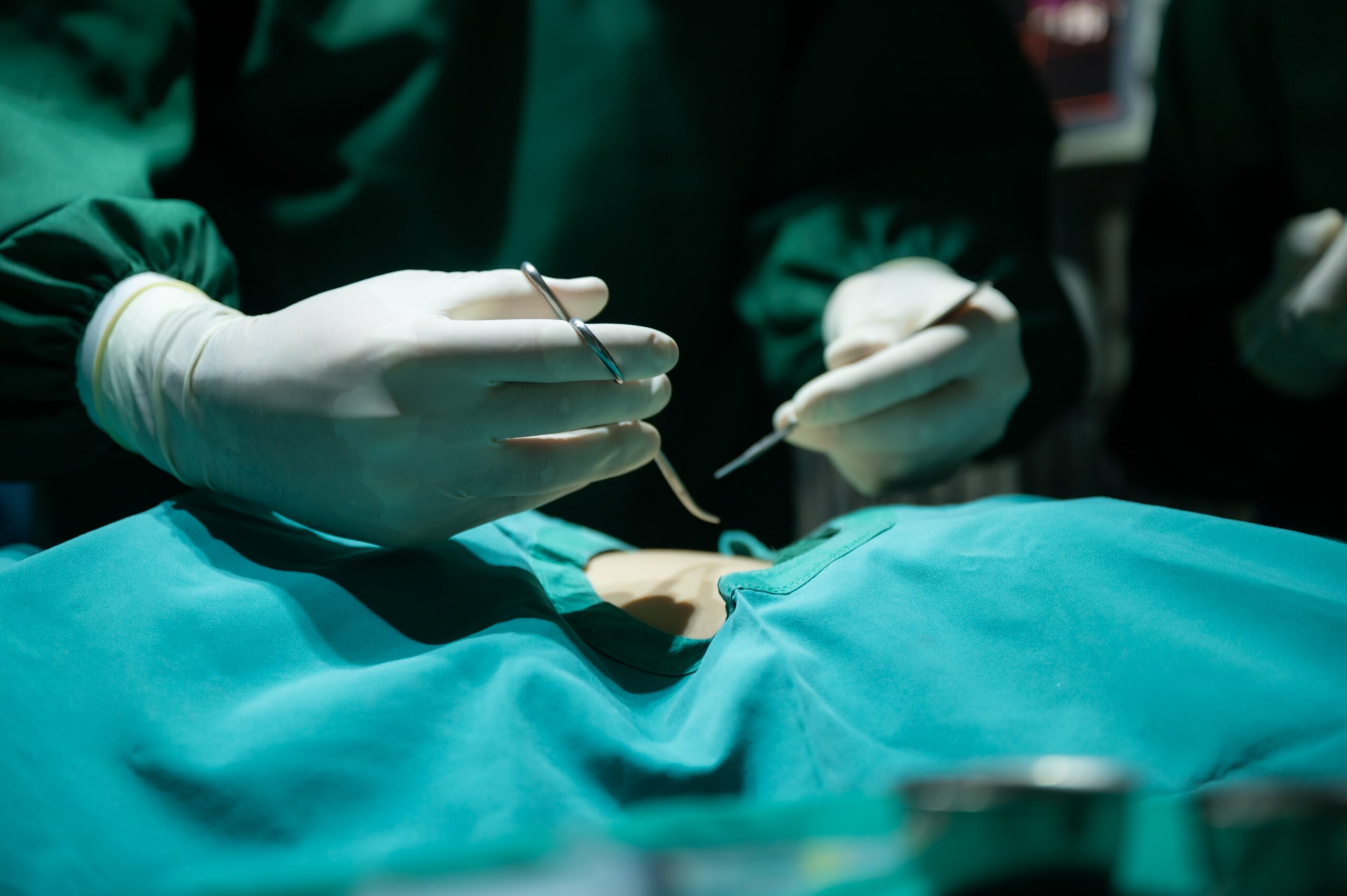Mohs surgery has one of the highest cure rates for skin cancer, exceeding 99% for certain types of skin cancer, when treated at early stages.
The technique allows for precise removal of the tumor with minimal damage to surrounding healthy tissue, reducing the chance of cancer recurrence.
Mohs surgery is particularly beneficial for skin cancer removal on the face and other cosmetically sensitive areas, as it helps preserve the natural appearance of the skin.
In most cases, Mohs surgery can be completed in a single day, which reduces the need for multiple surgeries or visits.
The precise nature of Mohs surgery often results in less noticeable scarring compared to other surgical methods.
Not everyone with skin cancer qualifies for Mohs surgery. Mohs surgery is typically reserved for certain types of skin cancer, such as basal cell carcinoma and squamous cell carcinoma, especially when they are large, aggressive, or located in areas where tissue preservation is critical, such as the face and neck.
In some instances, other treatment options, such as an excision, or topical treatments, may be more suitable. It's important to consult with a qualified dermatologist or surgeon to discuss your individual case and determine the most appropriate treatment plan for you.
The duration of Mohs surgery can vary depending on several factors, including the size and location of the skin cancer, the number of stages required to completely remove the cancer, and whether reconstruction is needed. On average, Mohs surgery can take anywhere from a few hours to a full day.
While Mohs surgery is highly effective at removing skin cancer, it does not guarantee that you will be cancer-free after surgery. The goal of Mohs surgery is to remove all microscopically visible cancerous tissue along with a small margin of healthy tissue around it, to ensure that no cancer cells remain.
Mohs offers the highest cure rate of any procedure to remove skin cancer, but continued follow up with a board certified dermatologist is recommended to monitor for any signs of recurrence.

Be well rested and eat a good breakfast. Take your usual medications, unless directed otherwise.
Do not drink any alcoholic beverages or engage in strenuous exercise for 24 hours before surgery.
Bathe as usual and shampoo your hair the night before surgery, as your wound and initial dressing must remain dry for 24 hours after surgery. You may need to arrange to have someone drive you home after the surgery.
You will be offered to have a preoperative evaluation that lets the doctor examine your skin cancer, obtain your medical history, and determine whether the technique for Mohs Micrographic Surgery is the most appropriate treatment for you. Please bring a list of your medications with you. It also gives you the opportunity to meet the doctor and the staff and to learn about the procedure. The skin cancer and surrounding tissue will be photographed before the treatment, as well as during and immediately after the surgery.
Once you are in the procedure room, we will cleanse the area surrounding your skin cancer with a sterile antibacterial soap. The nurse will then anesthetize (numb) the area of skin containing the cancer with a small local injection (needle). This injection will be similar to the one you received when your biopsy was taken. The tissue will be removed by the doctor, and it will be processed in our laboratory. Processing usually takes an additional 30-45 minutes. You will wait in our surgical waiting room while the tissue is processed and examined by the doctor. If the microscopic examination of the removed tissue reveals the presence of any remaining cancer, we will go back and remove more tissue.

An injection numbs the area.
The visible portion of the tumor is removed.
A thin lary of tissue is excised from the surrounding skin and the base.
The removed tissue is mapped and sectioned and the microscopic slides are made.
Under the microscope, the deep and peripheral margins are examined. If microscopic examination reveals the presence of additional tumor, it is located on the map.
The area(s) of remaining tumor is located on the wound, marked, and removed. The entire process is repeated until no tumor is found.
After the skin cancer has been completely removed, a decision will be made on the best method for treating the wound created by the surgery. These methods include letting the wound heal by itself, closing the wound in a side-to-side fashion with stitches, and closing the wound with a skin graft or a flap. During the preoperative evaluation, the methods which might be appropriate to your case will be discussed with you; however, in most cases, the best method is determined on an individual basis after the removal of the cancer is complete. We may complete your reconstruction in our office or refer you to other surgical specialists for repair.


Your surgical wound will require wound care during the weeks following surgery. Detailed written instructions will be provided after your surgery is completed. You should plan on keeping your wound covered and avoiding strenuous physical activities for one-two weeks. Most patients report minimal pain which responds to over the counter pain medication.
If sutures have been placed, they will be removed one to two weeks after surgery. You may be asked to return to our office four weeks after surgery for a final wound check. If you are not having problems with your surgical site at that time, you will return to your referring dermatologist for follow-up.
Studies have shown that once you develop a skin cancer, there is a strong possibility that you will develop another skin cancer in the years ahead. Please continue to follow up with your board-certified dermatologist.